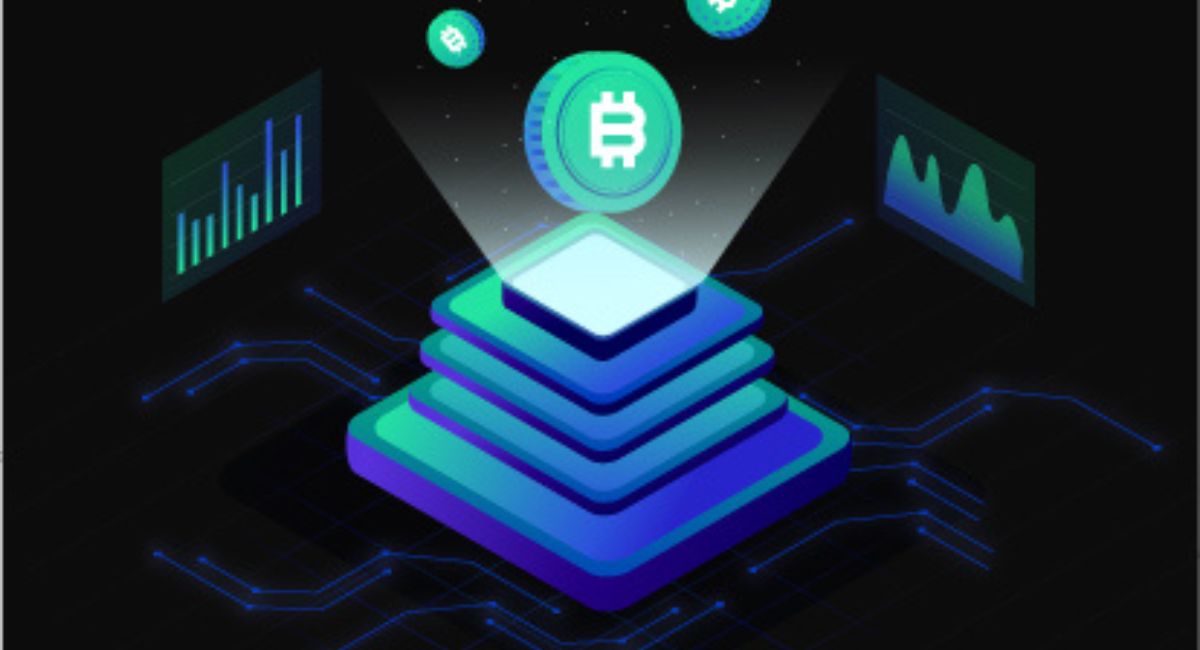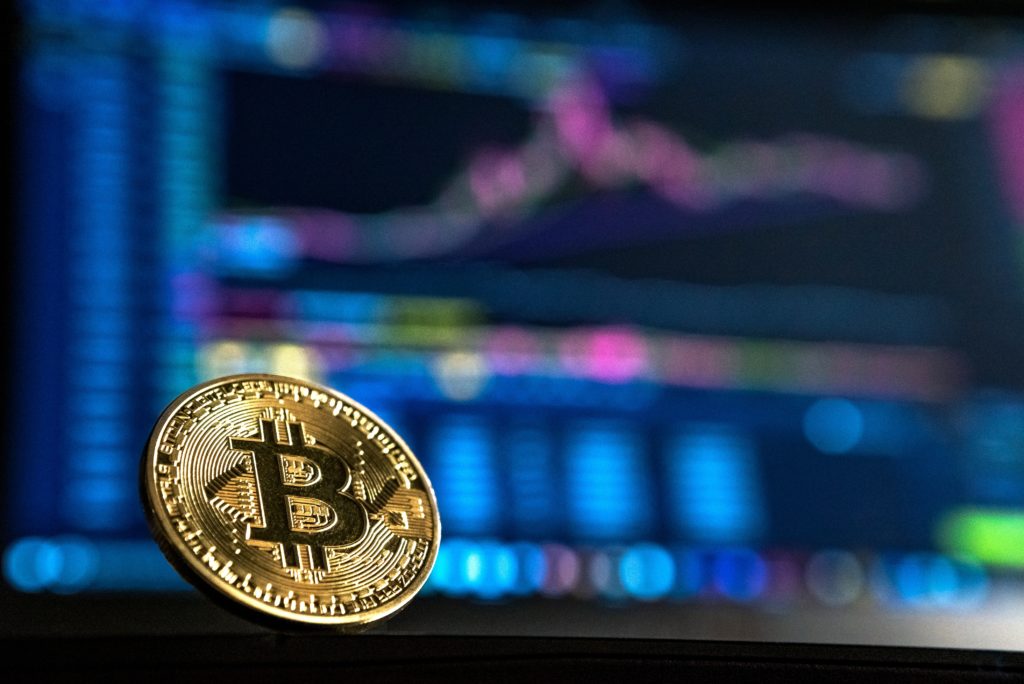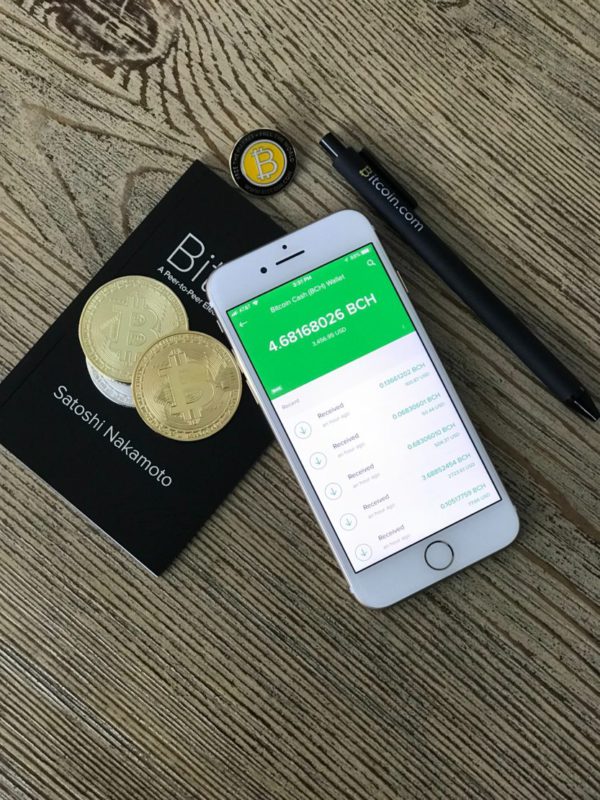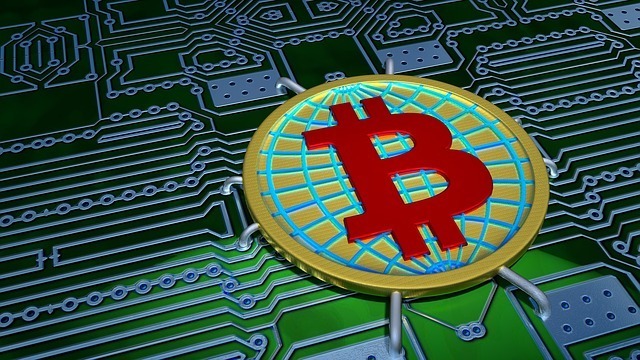Your Ultimate Guide To Bitcoin Ordinals And NFTs
At least, it seems like Bitcoin Ordinals have taken over Web3. Since software engineer Casey Rodarmor released the protocol on January 21, the space has been busy. Some people are excited about the new upgrade, while others have sworn off Ordinals for good. Even though they are famous, there were less than 130,000 Ordinals at the time this was written.
So why are there so few Ordinals? Most people don’t even know how to make them, let alone how to buy them. With higher entry barriers, there are a lot of possible opportunities. But there are also more risks. If you’re ready to take a chance on Ordinals and see what they can do, we’ll help you find, buy, and store them safely. First, you need to know some important things about Ordinals that the average NFT fan might not know.
We’ll look back on Ordinals as a moment that changed #Bitcoin forever.
— Chris Burniske (@cburniske) February 17, 2023
How do ordinals work?
Each Bitcoin is made up of 100 million pieces called satoshis (or sats). With the new Ordinals protocol, people who run Bitcoin nodes can write data on each block, which is called an Ordinal. That Bitcoin data can include smart contracts, which in turn make it possible to use NFTs. Ordinals are, roughly speaking, non-fungible tokens that you can create directly on the Bitcoin blockchain.
But that’s not quite true. That’s the short answer, but there are a few important differences between NFTs and Ordinals.
How are Ordinals and NFTs different?
NFTs on Ethereum (or an Ethereum Virtual Machine blockchain) often point to off-chain data on the Interplanetary File System (IPFS), a decentralised file storage system that can be changed using dynamic metadata. To give an example, some NFT projects change the metadata of each NFT to improve the quality of the image. They might even ask their owners to click the “refresh metadata” button on OpenSea to get a new, better image.
The fact that an NFT’s metadata can be changed points to a problem Rodarmor was trying to fix when making the new protocol. Rodarmor thinks that NFTs are “incomplete” because many of them need data from off-chain. On the other hand, Ordinals are “complete” because all of the information is written directly on the blockchain. Because of this, Rodarmor calls them digital artefacts instead of Bitcoin NFTs. Also, NFTs often come with royalties for the creator, but digital artefacts don’t. Rodarmor says that an Ordinal is supposed to show what NFTs should be, what they sometimes are, and what inscriptions are by definition.
All of this means that Ordinals on Bitcoin could be a sign of a change in Bitcoin’s culture, but they could also be a technical improvement over NFTs. So that you know what’s going on, here’s how to buy, get, and store your first ordinals.
The effect Bitcoin Ordinals have on the environment
Large blockchains use a huge amount of energy, and Bitcoin is the largest blockchain in the world based on its market cap. In addition, Bitcoin uses a very energy-intensive process called “proof-of-work” (PoW) to validate transactions and add them to the blockchain. Bitcoin uses a lot more energy than other blockchains because it is so big and uses Proof of Work (PoW) as a way to reach a consensus.
A report from the U.S. government in August 2022 said that Bitcoin used 60–77% of all crypto-asset electricity around the world. What does this amount to in terms of energy? It’s hard to say for sure, but Digiconomist says that before the historic Ethereum merge in September 2022, Bitcoin and Ethereum used more than 317 TWh of energy each year, which puts them somewhere between Italy and the United Kingdom in terms of how much electricity they use.
Yes, that is a great deal of power. But it’s important to know the setting.
There are a lot of businesses and industries that use more energy than whole countries. Blockchain isn’t the only thing like this. In the end, Bitcoin’s energy needs are about the same as those of mining industries like copper and zinc, which aren’t very big. Bitcoin’s total annual energy use is also less than what the world’s home air conditioners need and less than what the world’s data centres need (looking at you, Apple, Google, and Amazon).
Before you say that artists should go back to selling their art on T-shirts to make a living, you should know that, according to Ngan Le at Princeton, “the fashion industry is currently responsible for more annual carbon emissions than all international flights and maritime shipping combined.”
This doesn’t mean that blockchain and NFTs don’t have any effect on the environment, though. But the harsh criticism is often overblown and leaves out important details.
Also, read – What are Crypto Collectibles in the world of NFTs?
The most important writings on Ordinals
It didn’t take long for Ordinals to become popular. Just a few weeks after the site went live, interesting collections and jaw-dropping sales started to happen. Some pieces sold for hundreds of thousands of dollars. Ordinal Punks is one of the most interesting projects that have come out so far. Ordinal Punks is a set of 100 Bitcoin NFTs made from the first 650 Inscriptions on the Bitcoin chain. The highest-numbered Inscription in the set is at spot #642, which is a tribute to CryptoPunks.
The Taproot Wizards are another group. This project, which started with Inscription #652, is an Ordinal collection of NFT wizards that Web3 developer Udi Wertheimer drew by hand. Why does this project stand out so much? It is said to be the biggest block and transaction in the history of Bitcoin, with a size of 4MB.
On the other hand, the OnChainMonkey collection is based on Ethereum (OCM). With Inscription 20,219, the team put 10,000 Ordinals into a single Inscription, making it one of the first 10k collections on Bitcoin. The OCM team says that the size of the Inscription is less than 20,000 bytes, which makes their method a model that other collections can use to make NFTs on Bitcoin without slowing down the network.
New Bitcoin web wallet release almost ready; will support Ordinals, NFTs, and Bitcoin L2s along with native BTC.
MetaMask for Bitcoin is (almost) here.
— muneeb.btc (@muneeb) February 14, 2023
Yet, inscriptions on Ordinals are still in their early stages. As the Ordinals market grows, a lot of new and interesting collections are likely to come out. Want to know what’s going on? Here is a list of the most creative Bitcoin NFT artists and projects to keep an eye on.
Stay informed with daily updates from Blockchain Magazine on Google News. Click here to follow us and mark as favorite: [Blockchain Magazine on Google News].
Get Blockchain Insights In Inbox
Stay ahead of the curve with expert analysis and market updates.
latest from tech
Disclaimer: Any post shared by a third-party agency are sponsored and Blockchain Magazine has no views on any such posts. The views and opinions expressed in this post are those of the clients and do not necessarily reflect the official policy or position of Blockchain Magazine. The information provided in this post is for informational purposes only and should not be considered as financial, investment, or professional advice. Blockchain Magazine does not endorse or promote any specific products, services, or companies mentioned in this posts. Readers are encouraged to conduct their own research and consult with a qualified professional before making any financial decisions. The featured image used is just a creative depiction of the title and it does not intend to hurt sentiments of any person or institution. If it hurts anyone sentiments, please do not hesitate to reach out to Blockchain Magazine.

 Bitcoin
Bitcoin  Ethereum
Ethereum  XRP
XRP  Tether
Tether  Solana
Solana  Dogecoin
Dogecoin  USDC
USDC  Cardano
Cardano  Lido Staked Ether
Lido Staked Ether  TRON
TRON  Chainlink
Chainlink  Avalanche
Avalanche  Sui
Sui  Wrapped stETH
Wrapped stETH  Wrapped Bitcoin
Wrapped Bitcoin  Stellar
Stellar  Toncoin
Toncoin  Hedera
Hedera  Shiba Inu
Shiba Inu  Polkadot
Polkadot  WETH
WETH  LEO Token
LEO Token  Litecoin
Litecoin  Bitcoin Cash
Bitcoin Cash  Bitget Token
Bitget Token  Hyperliquid
Hyperliquid  Uniswap
Uniswap  Official Trump
Official Trump  Wrapped eETH
Wrapped eETH  Pepe
Pepe  USDS
USDS  NEAR Protocol
NEAR Protocol  Ethena USDe
Ethena USDe  Aave
Aave  Aptos
Aptos  Internet Computer
Internet Computer  Ondo
Ondo  WhiteBIT Coin
WhiteBIT Coin  Ethereum Classic
Ethereum Classic  Monero
Monero  Mantle
Mantle  Cronos
Cronos  POL (ex-MATIC)
POL (ex-MATIC)  Render
Render  Dai
Dai  Algorand
Algorand  MANTRA
MANTRA  OKB
OKB 




